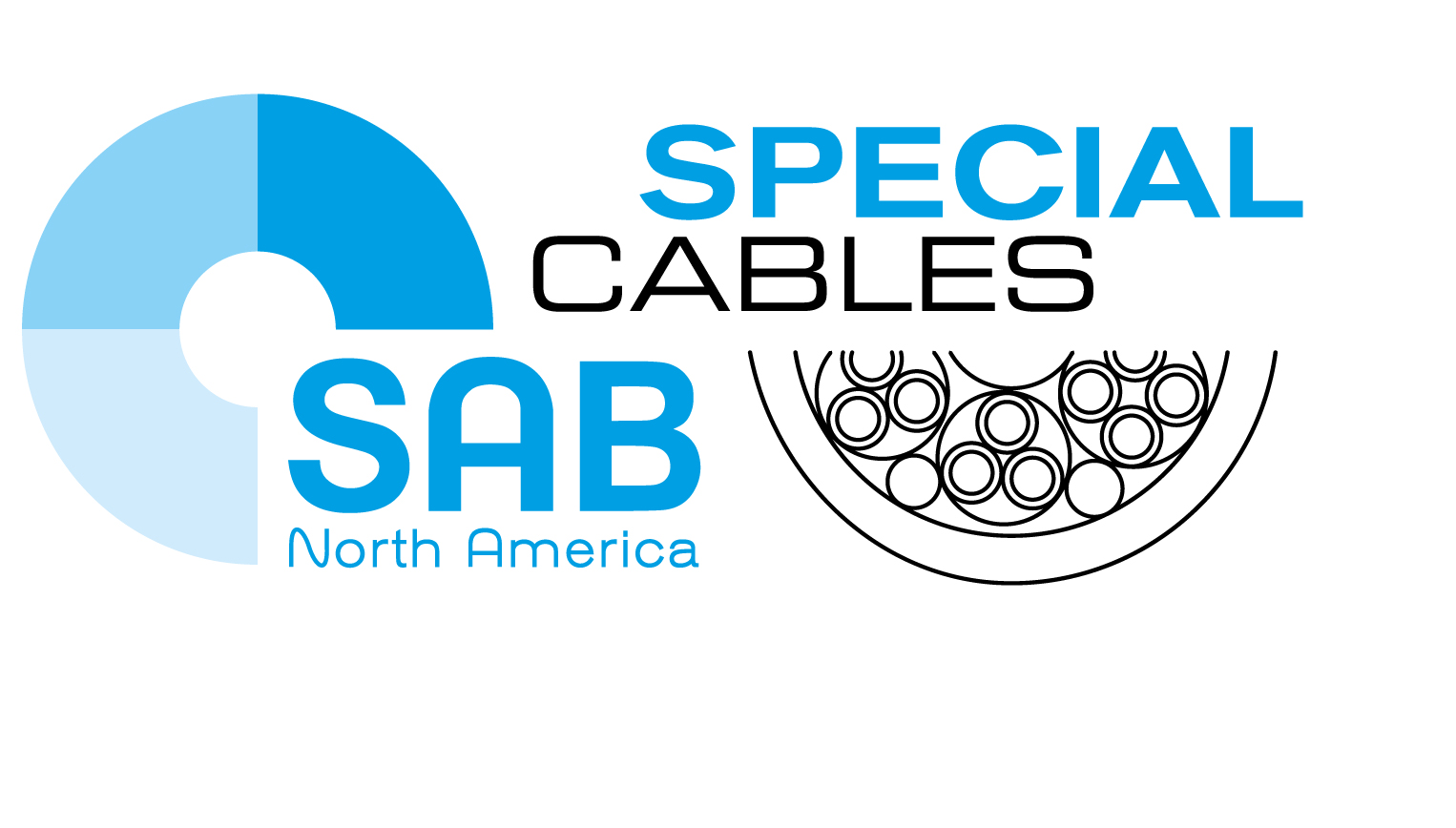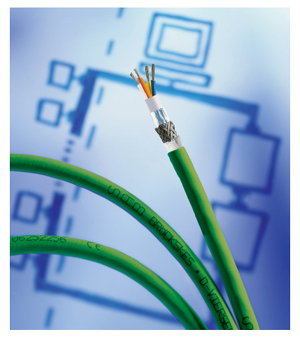High-speed data exchange has become the cornerstone of factory automation as manufacturers harness real-time information to improve efficiencies and processes. Networking the “smart factory” takes robust Ethernet cables that can stand up to repetitive motion of robotic arms and other moving equipment — or even, mobile applications like rail cars. But unlike static cables typically found in building infrastructures, industrial Ethernet cables must endure inhospitable conditions and mechanical stresses.
Identify Data Transfer and Construction Requirements
SAB North America’s CATLine is a full range of Category cables that covers a broad range of industrial applications, movement types and corresponding Category data rates while providing designers with a host of protection options. Be sure to keep the following factors in mind when selecting your CATLine Industrial Ethernet cables for automation:
- Data Rates and Category. Be sure to match the data transfer needs of the application with the appropriate Category of Ethernet cable. SAB North America’s CATLine covers the following designations: Profinet-CAT 5 (1 MHz-100 MHz), CAT 5e (1-250 MHz), CAT 6 (1-250 MHz), CAT 6A (1-500 MHz), CAT 7A (1-1000 MHz).
- Mechanical Stresses. CATLine cables support a wide range of motion types for industrial automation. Some applications may require a flexible cable for simple bendability, while those that will make repetitive or continuous movements will need a continuous flex cable and a supporting cable carrier. If the cable must withstand complex motion in an industrial robot, torsional-rated cables are available. And, some cables are rated for the high tension that occurs during reeling applications.
- Harsh Environments. Industrial cables risk exposure to a variety of chemicals including hydraulic and lubricating oils, process cables and coolants. CATLine cables are available with jacketing options made from a variety of materials to protect the cables. Options include: TPE (thermoplastic elastomer), PVC (polyvinyl chloride) and PUR (polyurethane) outer jackets for oil and abrasion resistance.
- Extreme Temperatures. Engineers can specify CATLine cables with Besilen® and FEP jacketing to resist resistance high ambient temperatures.
- Mobile Applications. Cables deployed in rail cars and ships are specifically tasked with retarding or extinguishing flames and with preventing corrosion in outdoor and underwater environments. CATLine includes LSZH (low-smoke, zero-halogen) cables for railway applications and ABS (American Bureau of Shipping) compatibility for marine and offshore applications. One specific CATLine cable for CAT 7A is particularly appropriate for railway applications and meets DIN EN 45545-2, fulfills the requirements on no flame propagation of DIN EN 60332-3-25 + DIN EN 50305 section 9.1.1 + 9.1.2 and is flame retardant and self-extinguishing to DIN EN 60332-1-2.
An Integral Part of Industrial Machinery
Although they are often associated with traditional LAN-type networking installations, Ethernet cables are now finding extensive use in industrial facilities. SAB North America’s CATLine supports the high data rates and extensive motion requirements for industrial automation and robotics, and many carry the necessary approvals for mobile applications like railways. This combination of data handling capabilities, motion flexibility and a wide selection of robust features and protections against harsh environments makes CATLine cables essential for the smart, automated factory.
For more information about Ethernet cables for industrial applications, download our FAQ.


